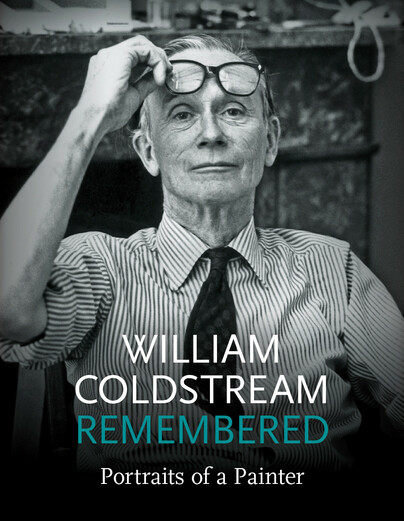Sir William Coldstream (1908–1987) stands as a paragon of British realism, whose influence ran through his artwork and into the classroom. His dedication to depicting life with unwavering accuracy, and his commitment to art education reform, have left a remarkable impression on the art world. Coldstream utilised the quiet power of observation, working with exacting measurements and the utmost discipline, a method some found controversial amidst the growing popularity of abstraction. His life was not only about painting but about reforming how artists were taught, reshaping the landscape of British art education for generations. Today, his legacy is felt not just in galleries and collections of his work, but also in the methods of his students who learned to see the world differently under his guidance.
A Life Measured In Detail
Coldstream’s painting technique was defined by meticulous measurement. He often used the end of a brush or a ruler to take precise visual readings from life, frequently marking these directly onto the canvas to map out his paintings. Each dot and line reflected his commitment to accuracy and his belief in portraying subjects exactly as they appeared — favouring authenticity over stylisation. As a result of his rigorous methods, Coldstream worked slowly, often taking several months to complete a piece of work.
William Coldstream
“I lose interest unless I let myself be ruled by what I see”
Educator and Reformer

In the late 1930s, William Coldstream co-founded the Euston Road School with Victor Pasmore and Claude Rogers, advocating a return to realism and direct observation at a time when abstraction was gaining popularity. The school emphasised painting from life — a disciplined approach that would shape Coldstream’s teaching and artistic legacy.
His influence didn’t stop at the easel. Coldstream would go on to become Principal of the Slade School of Fine Art, where he transformed the curriculum and the expectations placed on art education. He chaired the committee that produced the 1960 Coldstream Report, a landmark document that helped formalise the structure of art education in the UK, establishing degree-level standards for the first time. Coldstream’s reforms elevated the academic credibility of art and design across the country, forever transforming art education.
Legacy and Remembrance
Sir William Coldstream’s legacy lives on through both his art and the generations of artists and students he influenced. His unwavering commitment to realism marked by rigour, humility, and a deep respect for observation, has secured his place in the history of modern British art.
Publishing this month, William Coldstream Remembered: Portraits of a Painter explores this legacy through a compelling collection of reflections by those who knew and worked with him, including his daughter, Catherine Coldstream. This book offers a rare glimpse into Coldstream’s meticulous practice, quiet humour, and lasting cultural impact on British art. It is an essential read for anyone interested in the enduring power of realism.
Image credits: All images courtesy of Sansom & Company


 Follow
Follow